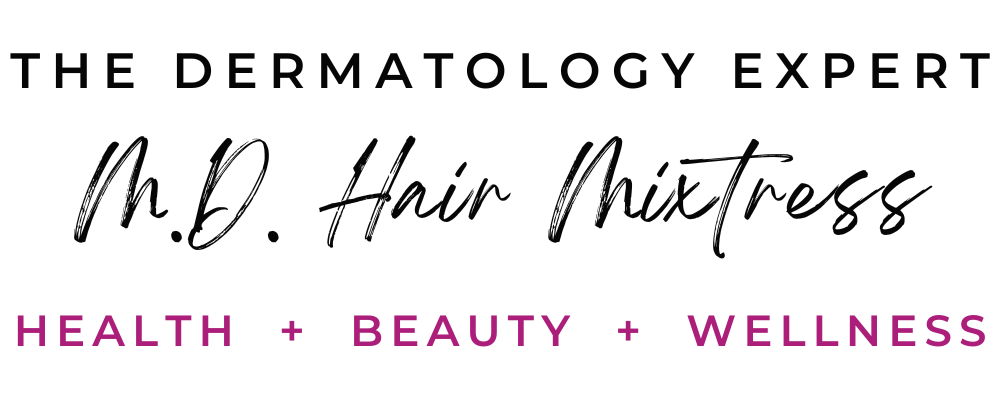Why Do I Have Thin Edges?
Thin edges can happen to almost anyone, from all cultures and races, and for all sorts of reasons: Illness, childbirth, nutritional deficiencies, heredity, and cultural practices have all been associated with hair loss around the hairline. More serious problems like scalp infections, psoriasis and lupus can also cause thin edges. Traction alopecia is a common cause of thin edges.
Traction Alopecia
Traction alopecia occurs because of excessive pulling and tension on the hair and scalp. Most commonly, people with traction alopecia have thin edges—or even baldness—at the front hairline and temples. Traction alopecia can also be in the back of the scalp, near the nape of the neck, or even at the top of the head.
Common Causes of Traction Alopecia:
- Tight ponytails
- Tight braids or locs
- Tight sew-ins
- Improper use of glues
- Improper wig application
- Aggressive brushing, combing or relaxer application
Avoiding Thin Edges and Traction Alopecia
Thin edges from traction alopecia are prevtable. One key to avoiding traction alopecia is steering clear of hairstyles that cause discomfort. You shouldn’t have to ‘get used to’ your new hairstyle. No hairstyle should ever hurt or cause discomfort. If you experience any scalp or head pain or discomfort after putting your hair into a certain style, it needs to be adjusted! Scalp discomfort is your scalp’s way of telling you that it’s being damaged.
Treatments for Thin Edges
1. Topical Steroids and Steroid Shots
These medications help to fight the inflammation in your scalp so that your hair can begin to grow again. Often, steroid oils or ointments are prescribed, and they are used once or twice daily for a period of time. Steroid shots into the areas of hair loss are often done monthly to aid in the regrowth of hair.
2. Minoxidil
Minoxidil is an over the counter drug that is clinically proven to regrow some types of hair loss. It isn’t for everyone, so your dermatologist will let you know if it’s appropriate for you.
3. Platelet Rich Plasma Injections (PRP)
PRP uses components of your own blood components to stimulate hair growth. Similar to minoxidil, this treatment is not for everyone, and your doctor should be able to advise you regarding how appropriate PRP is for you.
4. Hair Transplant
This is a surgical option, and can be more involved and expensive. However, in well-trained physician hands, it can be an option for those that fail more traditional therapies.
5. Change Your Hairstyle
If you wear hairstyles that are tight, start to change them up. If you wear weave, your doctor will probably recommend that you take a break for a while. This will help reduce the tension on your hairline.
6. Avoid Drying Hair Products
Certain alcohol containing gels and petrolatum based greases can lead to dry hair. These products should be avoided, as they only make your edges more fragile and prone to thinning. Use all natural hair oils such as shea butter, olive oil or jojoba oil to seal moisture into the hair. Check out this post on suggested hair product ingredients.
7. Gentle Scalp Massage
Scalp massage increases circulation and will nourish your follicles which may help with hair growth. Organic castor oil, or another favorite oil can be applied to your hair and scalp to improve softness, luster and health. Aromatherapy may also help with hair loss.
8. Supplements
Some dermatologists also recommend hair vitamins and other supplements to help boost the hair’s growth.
Conclusion
Thin edges may be caused by traction alopecia and certain hairstyles. However, keep in mind that there are other serious medical conditions that can cause thin edges. While hair loss of any kind can be devastating, don’t be discouraged. If you’re suffering from thin edges, be sure to educate yourself and visit a board certified dermatologist.



